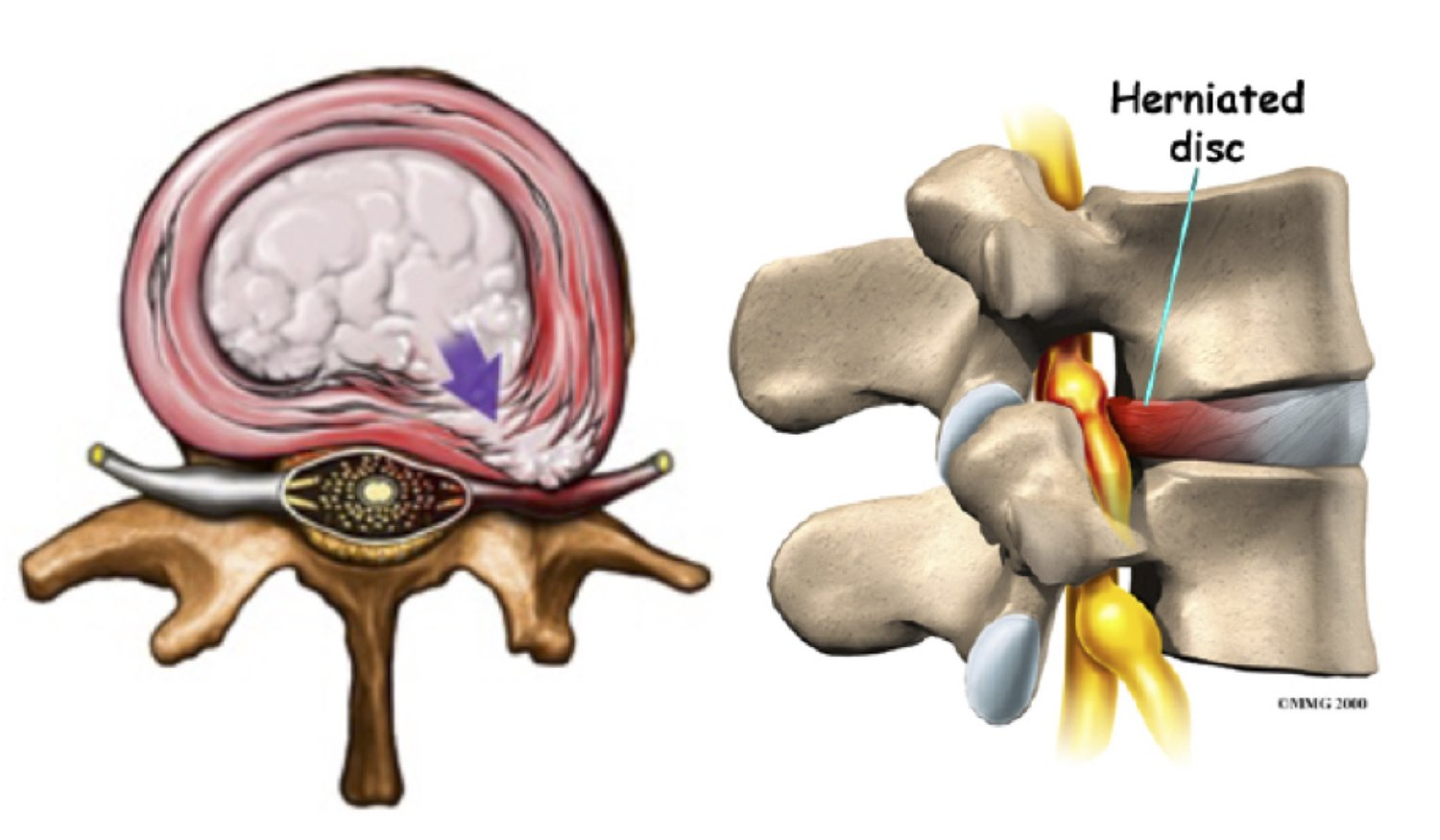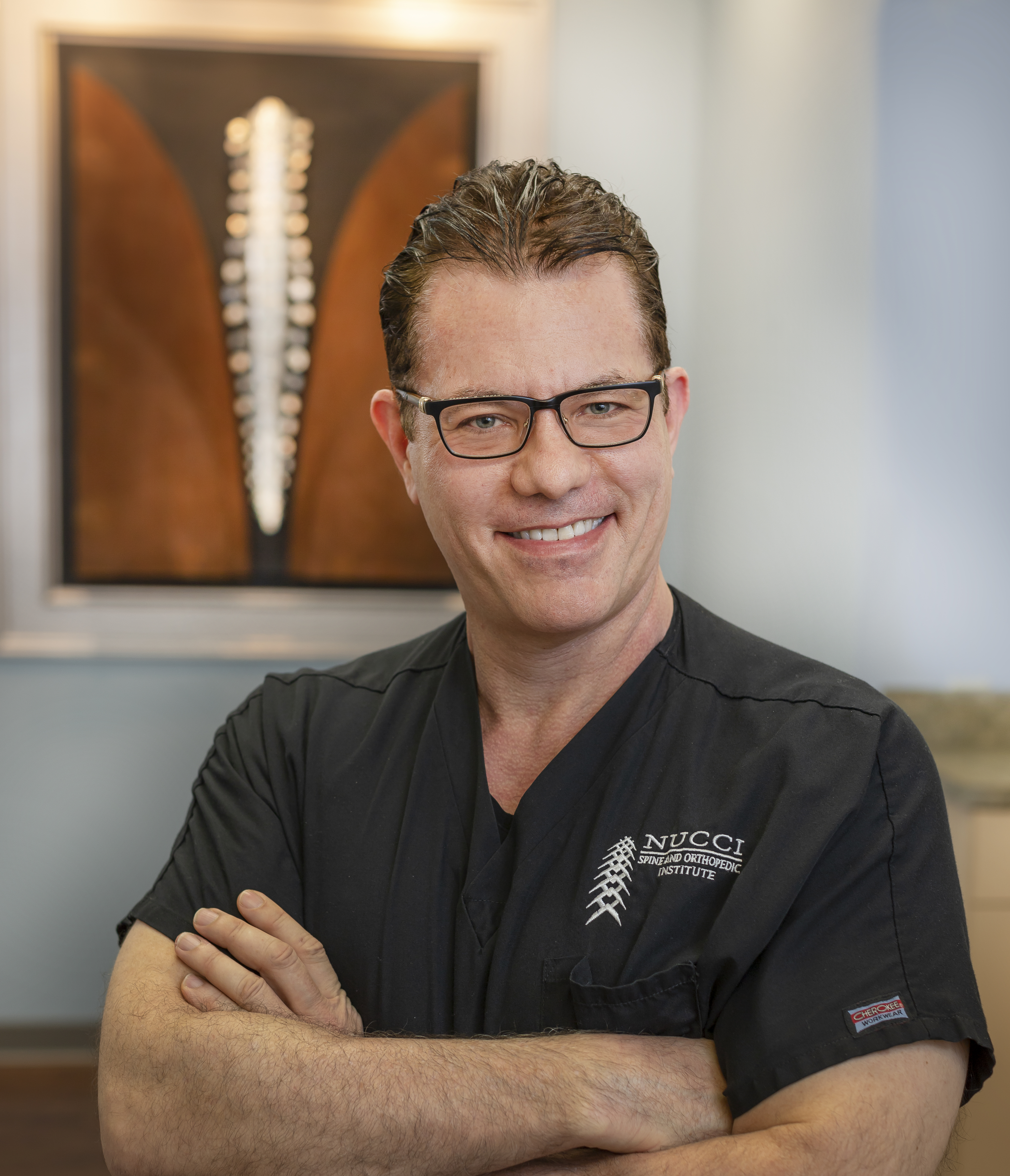Time-Frame For Returning To Work Post-Injury

Disclaimer: All injuries vary and each patient is different, as well as the jobs they perform. All work restrictions and recommendations to return to full duty are made on a case by case basis. But here are some general guidelines.
Acute Neck or Back Strain Injury
Most patients get better with minimal intervention. A short course of physical therapy to the neck and/or low back for 4 weeks is usually all that is needed. Therapy is ordered primarily to make sure the patients stay active and do not decondition their muscles leading to further disability and delay in returning to work.
Return to Work & Limitations After an acute neck or back strain injury, patients can usually return to work with limitations of lifting of around 20 pounds until physical therapy is complete. The reasons for the lifting restrictions is to prevent a worsened injury to the muscles injured and to prevent an additional injury to areas of the neck or back from lifting incorrectly due to muscle spam and pain of the already injured muscles.
Bending, stooping and squatting may also be limited. If the patients are seen quickly and get into therapy quickly, they can be at full duty in 6 weeks or sooner. At Nucci Medical, we can see patients in 24-48 hours, so there is no delay in diagnosis. Patients are instructed on home physical therapy in the office so they can start their rehab, even before formal therapy is authorized.
Cervical and Lumbar Disk Herniations:

Most Cervical and Lumbar Disk herniations with radiating arm or sciatic leg pain improve in 6 weeks. The initial treatment is the same as for acute neck and back strain injuries (see above). Given the symptoms of radiating extremity pain, the patients usually get an MRI and, occasionally, a cervical or lumbar epidural steroid injection to help them recover faster.
Return to Work & Limitations Patients have the same lifting restrictions as with acute strain injuries, but if the radiating extremity pain is severe, the restrictions can be no lifting. If patients are seen quickly in the office and authorizations are obtained quickly for therapy, MRI’s and injections, the patients are usually able to return to full work by 2-3 months or sooner.
At Nucci Medical our dedicated Workers Compensation Department will work with the adjusters and nurse case managers on your case to make sure all forms are completed and notes are sent quickly, so there is no unnecessary delay in your treatment, getting you back on track faster.
Lumbar Disk Surgery
Most lumbar disk surgery at Nucci Medical is done endoscopically in a minimally invasive fashion, so there is less post-operative pain and quicker recovery. Surgery is usually done at our Citrus Park Surgery Center.
Return to Work & Limitations Patients are generally off work for 2 weeks following surgery and then start 4 weeks of physical therapy and can return to light duty at 4 weeks with no lifting. These restrictions are to prevent a muscle strain injury to the healing back. At around 2-3 months, patients can usually return to full duty after completing physical therapy. If the patient has a very strenuous job, they may require additional orders, for example: work conditioning or work hardening.
Cervical Disk Surgery
There are different ways to treat acute cervical disk herniations surgically from an acute work injury. A lot depends on the size of the herniations and the amount of disk collapse.
Return to Work & Limitations If there is a small herniation with little disk narrowing, then the treatment can be done endoscopically. The post-operative course and return to work is similar to the treatment of lumbar dick herniation outlined above.
If there is more disk collapse or a large herniation, a disk replacement or cervical fusion is needed. In this case, the patient is off work for 2 weeks and then may return to light duty with no lifting and begin physical therapy for 4 weeks. After therapy, the patient may begin lifting up to 20 pounds for the next 2-4 weeks after which the patient is returned to full duty. Again, work conditioning or work hardening may be needed for more strenuous jobs.
Lumbar Fusion Surgery
This is generally not indicated in a work injury setting as most reasons to fuse the lumbar spine relate more to pre-existing conditions and not acute work injuries.
Return to Work & Limitations If a lumbar fusion is done, the patient is generally off work for 4 weeks. The patient then can begin physical therapy for 4 weeks. After therapy is completed, patients can return to work with no or limited lifting. Usually a second course of therapy, including work conditioning or work hardening, is needed to get the patients back to full duty. If things proceed as planned, and the patients get appropriate therapy, return to full duty is 4-6 months.
Shoulder Injury/ Shoulder Surgery
The shoulder joint is the most mobile joint in the body and is stabilized mostly by muscle and cartilage. Because of this, the shoulder joint is easy to injure and requires an extended recovery and rehabilitation to prevent reinjury. Acute shoulder injuries can be treated with early physical therapy that starts with home exercises, given by Nucci Medical, and then formal therapy. Maintaining early motion in the shoulder is very important as shoulders will become stiff very quickly and once that happens, it is hard to reverse.
Return to Work & Limitations Acutely injured shoulder patients can return to work with limited lifting of the affected shoulder of 10-15 lbs. After therapy, patients can return to full duty. This occurs between 6 weeks to 2 months.
If patients have shoulder surgery, return to work with no lifting of the affected arm and no overhead activity can be within 2 weeks. More extensive post-operative therapy is usually needed while patients are on restricted duty with their arm. Most likely, 8 weeks of therapy is required to gain back both strength and motion in the shoulder after surgery. Initially there is no lifting or overhead activity with the operated shoulder and this is slowly progressed, as not to injure the healing tissue. Full motion and full strength is usually not achieved until 6 months or more, given the extent of surgery that was done. Full duty will be achieved once full healing, strength, and motion is achieved.
Knee Injury/Knee Surgery
Knee sprain injuries and non-surgical injuries to the cartilage and menisci of the knee heal quickly.

Return to Work & Limitations: Patients are initially limited to no kneeling and squatting which further can stress the healing joint. Physical therapy is usually given for 4 weeks to prevent weaknening in the quadriceps and to maintain full knee motion. Patients are usually back to full duty in 6 weeks to 2 months.
If there is a meniscal or cartilage injury which is diagnosed on MRI, patients usually get a knee injection after physical therapy and are again put on light duty for 2 weeks.
If meniscal or cartilage injury does not heal and requires surgery, it is routinely done arthroscopically. Patients are off work for 2 weeks after surgery and then can return to light duty same as before. After 4 weeks of therapy, patients can return to full duty which is about 2 months after surgery.
The important thing in all cases is to get the patient back to living life pain-free by making the correct diagnosis, implementing early mobilization with instruction in the doctor’s office on physical therapy and continuing with formal therapy soon there after, if needed. Depending on the severity and location of the injury and the patient’s job, patients can usually return to work relatively quickly.
